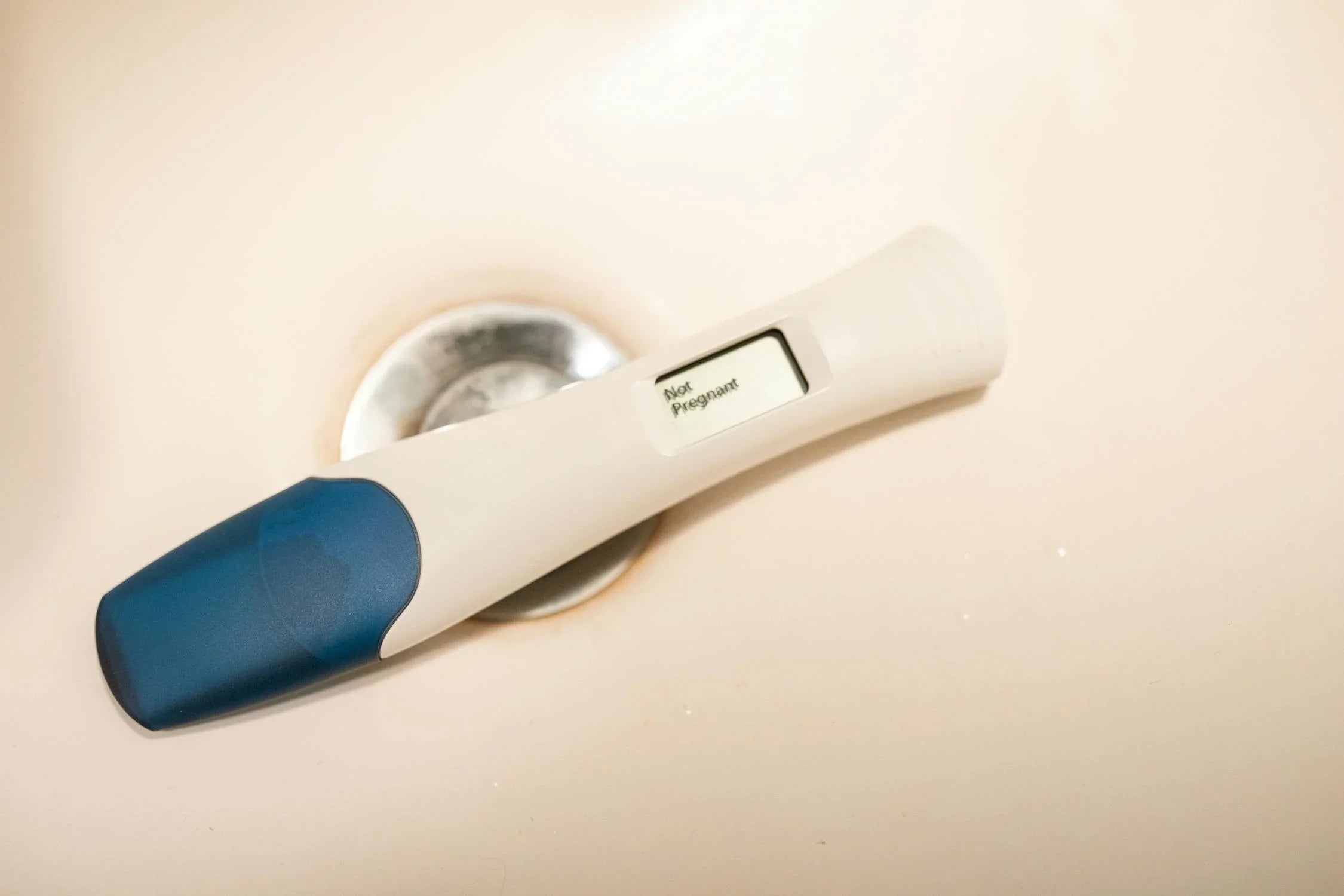Home
Pregnancy, Breastfeeding, and Pumping: The Ultimate Guide for Moms
How to Read a Pregnancy Test Strip: A Comprehensive Guide

How to Read a Pregnancy Test Strip: A Comprehensive Guide
Reading a pregnancy test strip can be a nerve-wracking experience, but with the right knowledge, you can ensure accurate results. Whether you're trying to conceive or just want to be sure, understanding how to interpret the test strip is essential. This comprehensive guide will walk you through the process, from preparation to interpretation, and help you avoid common pitfalls.
Understanding Pregnancy Test Strips
Pregnancy test strips are designed to detect the presence of human chorionic gonadotropin (hCG), a hormone produced during pregnancy. These strips are typically made of absorbent material that reacts to hCG in urine. The results are usually displayed as lines, symbols, or colors, depending on the brand and type of test.
Preparation Before Taking the Test
Before you take the test, it's important to read the instructions carefully. Make sure you have all the necessary materials, such as a clean container for urine collection and a timer. It's also advisable to take the test in the morning when hCG levels are most concentrated.
Step-by-Step Guide to Reading a Pregnancy Test Strip
Step 1: Collect the Urine Sample
Start by collecting a urine sample in a clean, dry container. Ensure that the container is free from any contaminants that could affect the test results.
Step 2: Dip the Test Strip
Dip the absorbent end of the test strip into the urine sample for the amount of time specified in the instructions. Avoid submerging the strip beyond the indicated line to prevent inaccurate results.
Step 3: Wait for the Reaction
Place the test strip on a flat, dry surface and wait for the recommended time, usually between 3 to 5 minutes. Do not read the results before or after this time frame, as it could lead to misinterpretation.
Step 4: Interpret the Results
After the waiting period, check the test strip for the presence of lines, symbols, or colors. Most test strips have a control line that indicates the test is working correctly. A second line, symbol, or color change usually indicates a positive result.
Common Mistakes to Avoid
One of the most common mistakes is misreading the test results. Always follow the instructions carefully and wait for the recommended time before interpreting the results. Another mistake is using an expired or damaged test strip, which can lead to inaccurate results.
Tips for Accurate Results
To ensure the most accurate results, take the test in the morning when hCG levels are highest. Always use a clean container for urine collection and follow the instructions meticulously. If you're unsure about the results, consider taking a second test or consulting a healthcare professional.
When to Consult a Healthcare Professional
If you receive a positive result, it's advisable to consult a healthcare professional for confirmation and further guidance. Similarly, if you receive a negative result but still suspect you might be pregnant, consult a healthcare provider for further testing.
Reading a pregnancy test strip accurately is crucial for reliable results. By following this comprehensive guide, you can ensure that you interpret the test strip correctly and avoid common mistakes. Whether you're hoping for a positive or negative result, understanding how to read a pregnancy test strip will give you the confidence and clarity you need.
Share

